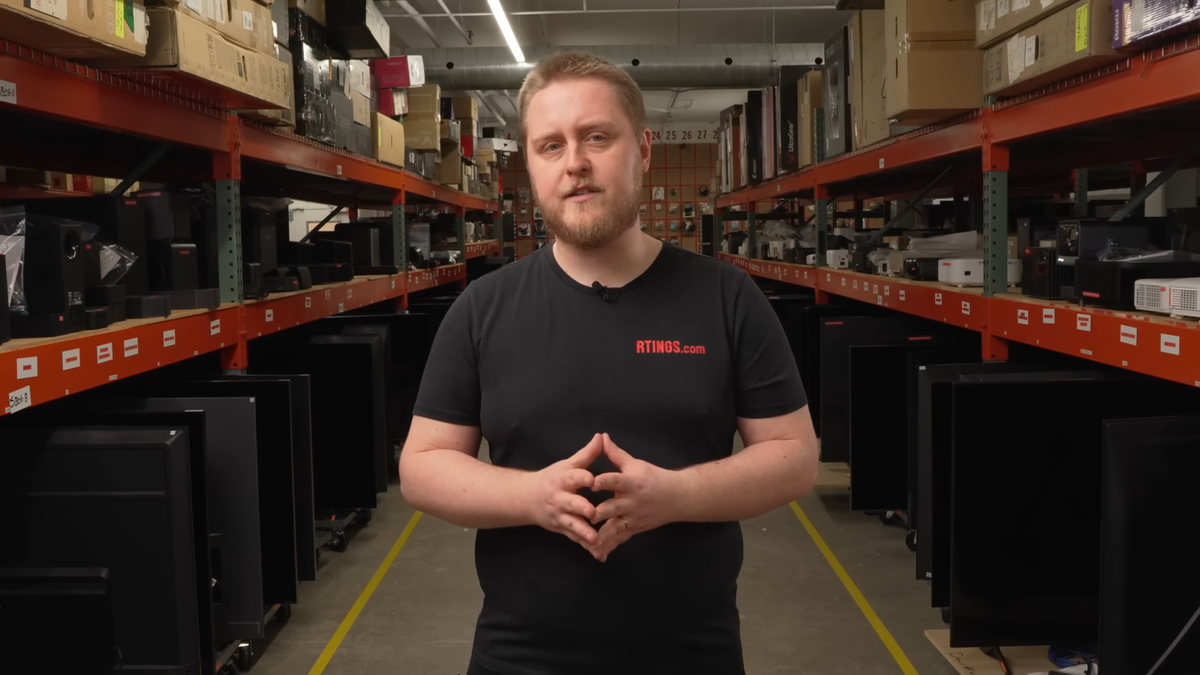The R7 from Luxeed, one of the younger, keener rivals putting a ding in the Western auto industry universe.
There was also Luxeed, a brand related to both Huawei and Chery, the latter of which sold over 2.5 million cars in 2024 and is the parent of Jaecoo, Omoda, Lepas and iCar. Those names might not be familiar to you yet, but they soon will be. Many will land on your radar because of their low prices. Dig a little deeper and you’ll find that the Jaecoo 7, a well-priced hybrid SUV, is already selling over 700 units a month in the UK. A nose-diving Tesla registered just 536 cars there in April.
Auto Shanghai had plenty of oddballs too. Ora followed up on its Funky Cat with the Ballet Cat, which curiously borrows much of its styling from the original VW Beetle. Songsan filled its stand with cars inspired by late-’50s Americana, including a seven-door take on the VW Microbus and a proportionally challenged revival of a first-generation Corvette. A handful of cars appeared to be inexplicably dressed as cuddly toys, one sharing its stand with a giant comb. Another, the Baojun Yep, had a massive ice cream cone dunked on its roof for reasons unclear.
The Baojun Yep had a massive ice cream cone dunked on its roof in Shanghai for reasons still unclear.
320 Miles in 5 Minutes
Such fever dreams won't give Western brands sleepless nights, but the EV technology coming out of China in 2025 certainly will. BYD used the Shanghai show to reveal a charging system powerful enough to deliver 259 miles of range in five minutes, at a peak speed of 1,000 kW—10 times the charge rate of a Mini Cooper.
Soon after, domestic rival CATL went one better with its 1,300 kW of charging power, enough to deliver 323 miles of range in five minutes. For context, Europe’s fastest-charging EVs, like the Porsche Taycan, fill their batteries at a mere 320 kW.
As well as dazzling tech, Chinese automakers are also majoring on small, low-price cars that appeal to Europe, the UK, and even emerging markets. Perfectly decent EVs—on paper, at least—are soon expected to land below the €20,000 ($22,700) barrier. Established marques like Volkswagen, Fiat, and Renault should soon be there too. But with models like the VW ID.1 not due in showrooms until 2027, cut-price alternatives from China’s Leapmotor, Lepas, and Firefly could quickly sweep up all the drivers wondering whatever happened to the Ford Fiesta and Volkswagen Up.
Things Sure Have Changed
It wasn’t always this way. Oh, how we once laughed when each year brought a Chinese motor show filled with poor imitations of European bestsellers.
Rewind a decade—just a single generation in car years—and the cream of Europe’s prestigious brands would reveal world-beating hypercars in the convention halls of Geneva and Paris, while China’s auto shows were, to the West, a laughing stock. Glitzy as they may have been, the show floors of Beijing and Shanghai in the mid-2010s featured flagrant knockoffs of British and European cars. Brands like Changan, BYD, Zotye, and Hongqi revealed vehicles unashamedly aping the latest designs of Mercedes, Ford, Land Rover, McLaren, and Porsche.

 6 months ago
73
6 months ago
73






 English (US) ·
English (US) ·